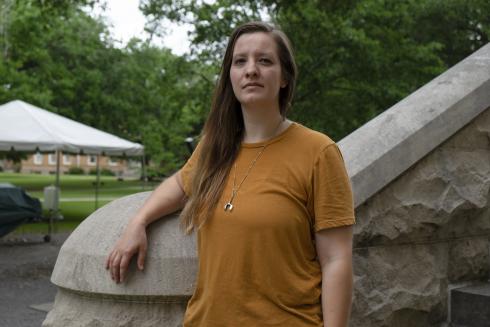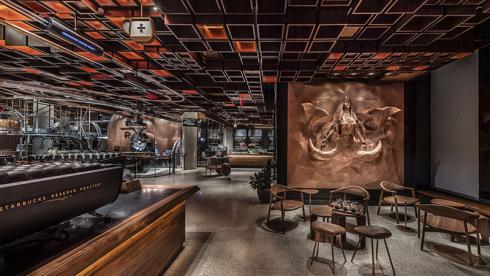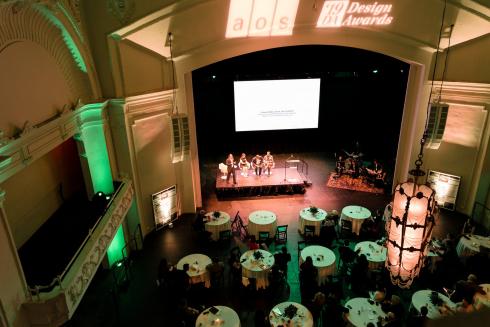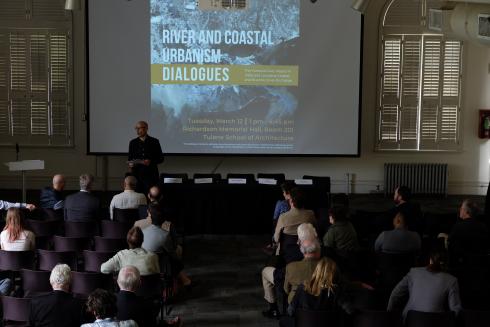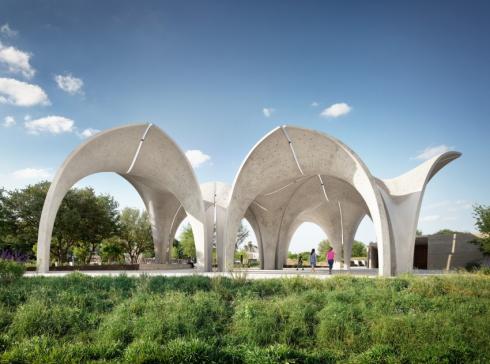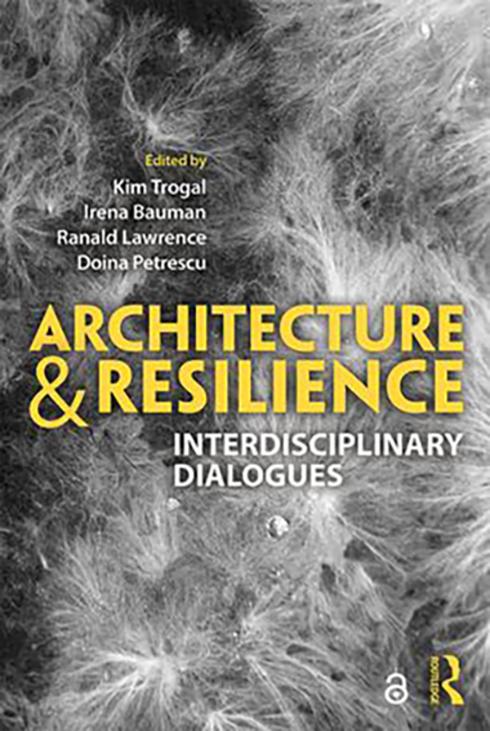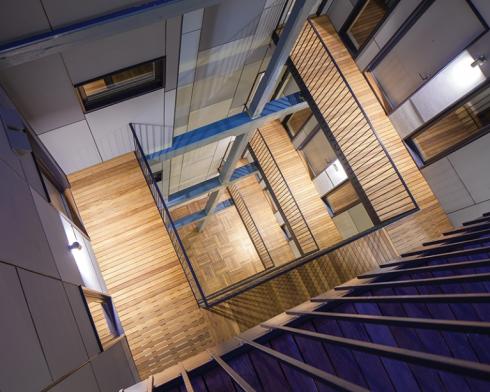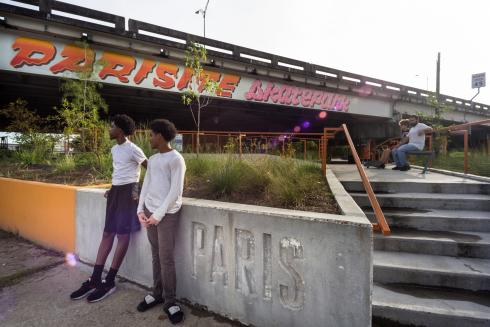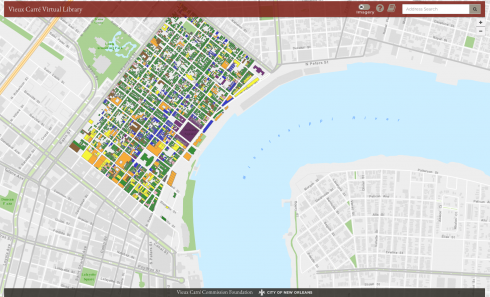Tulane University
Title: Graduate Student Studies Drug-Overdose Prevention Sites
Apr 29, 2019
With the surge of opioid overdose-related fatalities in the U.S., the country is in need of spaces designed to prevent people with drug addictions from accidental death. That is the focus of Tulane School of Architecture graduate student Lucy Satzewich (M.Arch), who recently won a national fellowship from the American Institute of Architects and Academy of Architecture for Health Foundation.
Satzewich is interested in developing standards for designing overdose prevention sites that adhere to a harm-reduction methodology, balance the needs of public and private space, and prioritize the expertise of frontline social workers and health professionals.
Rather than focusing on addiction recovery – though that is available for anyone who is interested – prevention sites allow spaces for safe drug use with the goal of preventing overdoses. One of the most crucial elements to overdose prevention sites is that they carry and distribute Naloxone, an internationally approved medication for reversing heroin and prescription opioid overdoses. Overdose prevention sites also diminish the spread of diseases including HIV and Hepatitis C, discourage public drug use, treat minor wounds, and refer users, if willing, to recovery programs.
“Overdose prevention sites empower users with the choice to enter a facility that holds a lifesaving medication and provide out-reach to marginalized populations wary of traditional health facilities,” Satzewich said. “However, in the U.S. wide adoption of these spaces is being delayed due to concerns about public and user safety.”
The AIA-AAH and AAH Foundation fellowship award will support Satzewich’s travel this summer to visit and talk with stakeholders at clinics and prevention sites in the U.S., Canada, and Europe. From this research, Satzewich will develop a document – with guidance from faculty at Tulane, as well as other experts in healthcare, architecture and design – that identifies best practices for overdose prevention sites. Satzewich also plans to present her findings to national audiences, such as the Healthcare Design Conference in 2020.
“Governments have acknowledged the death toll – nearly 170,000 drug-overdose fatalities in the U.S. last year – and the strain on federal resources related to incarceration and hospitalization, and the medical community has found that safe well-designed buildings can be part of the solution,” Satzewich said. “This research will contribute to the cultivation of health facilities accessible to all people.”
Image: Graphic by Lucy Satzewich on reported overdoses in New Orleans.

 Study Architecture
Study Architecture  ProPEL
ProPEL 